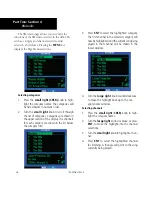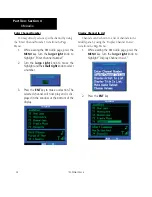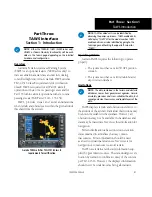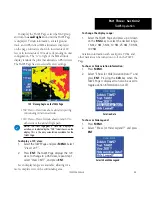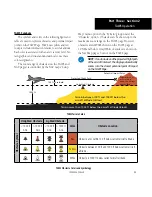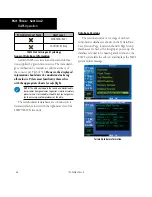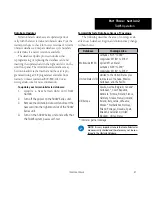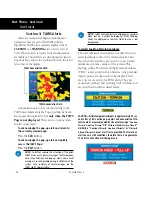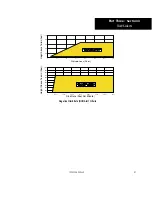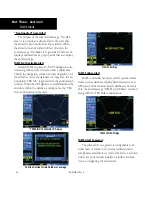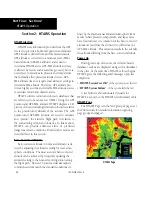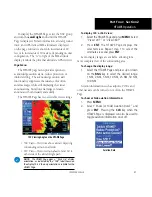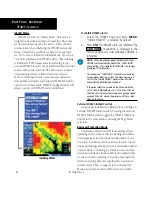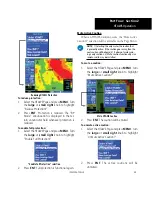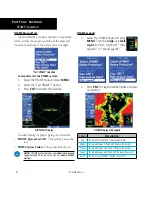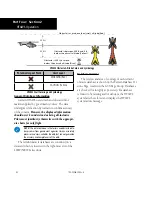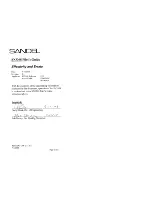
40
Part Three: Section 3
TAWS Alerts
Excessive Descent Rate Alert (EDR)
The purpose of the Excessive Descent Rate alert
is to provide suitable notification when the aircraft is
determined to be closing (descending) upon terrain
at an excessive speed. The parameters for the alert as
defined by TSO-C151b are shown in the Descent Rate
graph.
"PULL UP"
"PULL UP"
"SINK RA
TE"
$ESCENT2ATE
Height Above Terrain (Feet)
Excessive Descent Rate Graph
Excessive Descent Rate Severity Levels
CAUTION—The annunciation and pop-up terrain alert
are accompanied by the aural message “
Sink Rate
”.
WARNING—The annunciation and pop-up terrain alert
are accompanied by the aural message “
Pull Up
”.
Negative Climb Rate After Takeoff Alert (NCR)
The purpose of the Negative Climb Rate After
Takeoff alert (also referred to as “Altitude Loss After
Takeoff”) is to provide suitable alerts to the pilot
when the system determines that the aircraft is losing
altitude (closing upon terrain) after takeoff. The
aural message “Don’t Sink” is given for NCR alerts,
accompanied by an annunciation and a pop-up terrain
alert on the display.
NCR alerting is only active when departing from an
airport and when the following conditions are met:
• The height above the terrain is less than 700 feet
• The distance from the departure airport is 2 NM or
less
• The heading change from the heading at the time of
departure is less than 110 degrees
The NCR alerting parameters as defined by
TSO-C151b are shown in the Negative Climb Rate
Alert Criteria figures below. The NCR alert is issued
when the altitude loss and height are within the range
in the first figure, or when the sink rate (negative
vertical speed) and height are within the range in the
second figure.
190-00356-30 Rev H

